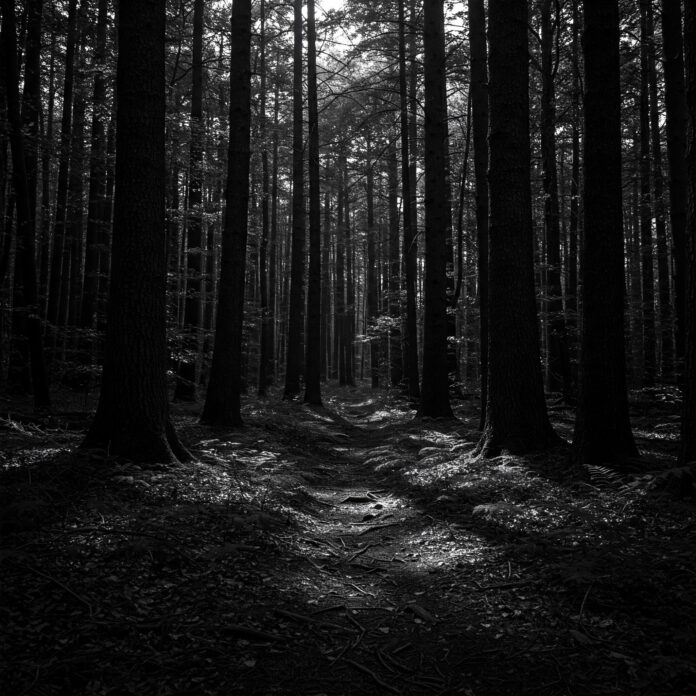Marvel’s Werewolf by Night stands out in the Marvel Cinematic Universe (MCU) largely because it was presented in striking black and white. That stylistic choice sparked plenty of discussion—here’s a clearer look at why the filmmakers chose this approach and what it contributes to the special.
Homage to Classic Horror Cinema
The most direct reason for the monochrome palette is reverence for classic horror films of the 1930s and 1940s. Director Michael Giacchino has said the project “needed to be in black-and-white” from the start; the format intentionally evokes the look and spirit of early monster movies. These films established many of the visual and narrative conventions of the genre, and black-and-white photography is a key part of that legacy. For more on the roots of horror cinema, see Britannica’s overview of the horror film tradition (Britannica).
Atmosphere and Cinematography
Black-and-white imagery enhances mood by emphasizing shadow, contrast, texture, and form. Without color, audiences focus more on light and shadow relationships, composition, and the interplay of highlights and darks—elements that are central to suspenseful, spooky storytelling. In Werewolf by Night, the absence of color heightens the brooding atmosphere and amplifies the film’s gothic sensibilities, making practical effects, makeup, and lighting choices read differently than they would in color.
A Distinctive Voice Within the MCU
Using black and white also sets Werewolf by Night apart from other MCU entries, signaling a deliberate tonal and stylistic departure. Marvel has increasingly experimented with different formats and genres; presenting this special in monochrome underscores the studio’s interest in genre pastiche and cinematic homage, while offering viewers a fresh visual experience within a familiar franchise context.
Preserving Intent, While Allowing Alternatives
Although black and white was the creative intent, alternative presentations—such as colorized versions or side-by-side comparisons—have circulated for viewers curious about how the special would read in color. These variations can be interesting for analysis, but they don’t change the filmmakers’ original artistic choice: monochrome was selected to serve story, tone, and homage.
Conclusion
The decision to film Werewolf by Night in black and white was deliberate and multifaceted: it honors classic horror cinema, deepens atmospheric tension through contrast and shadow, and differentiates the special within the MCU. Together, these elements help the piece feel both nostalgic and distinct, reinforcing its roots in the horror tradition while expanding Marvel’s stylistic range.
For further context and credits, see the special’s full listing on IMDb (IMDb), and explore additional perspectives on classic monster movies from the British Film Institute (BFI).












